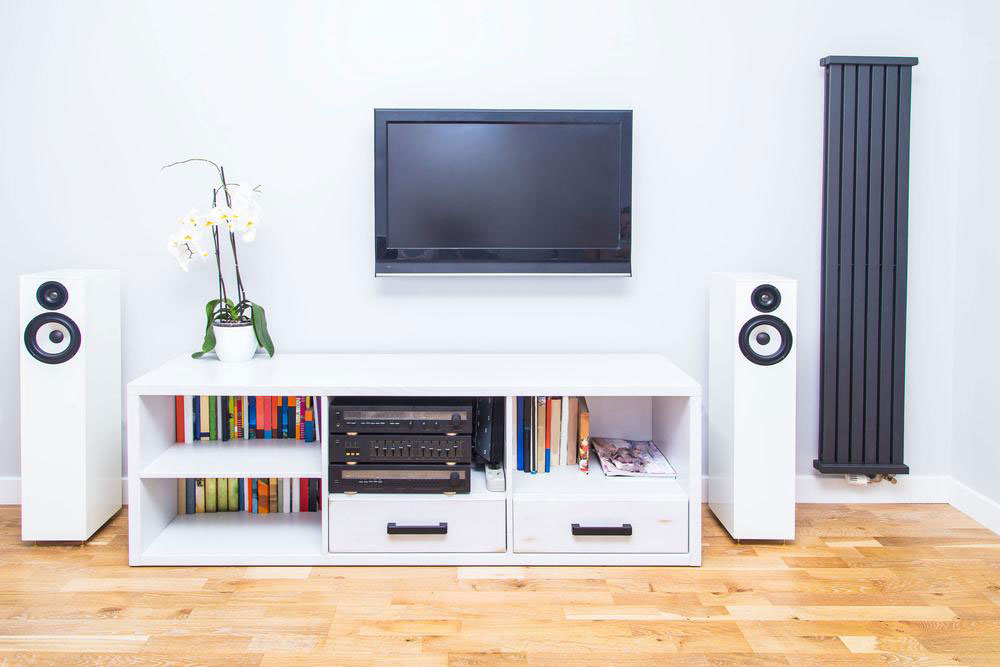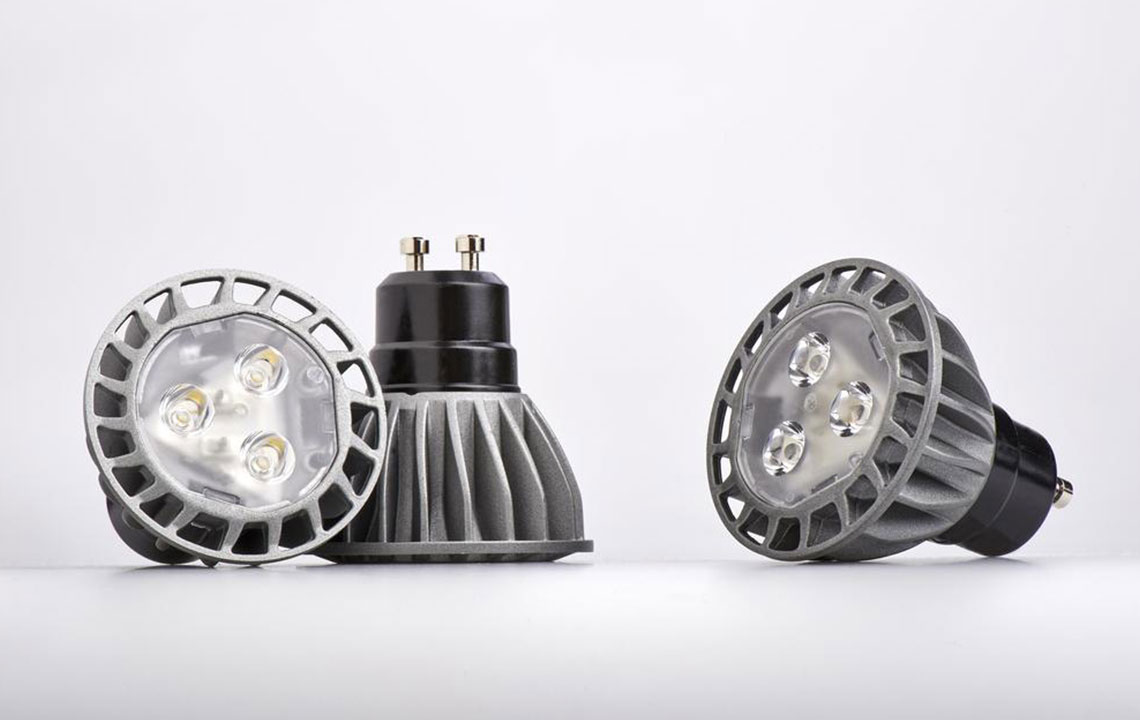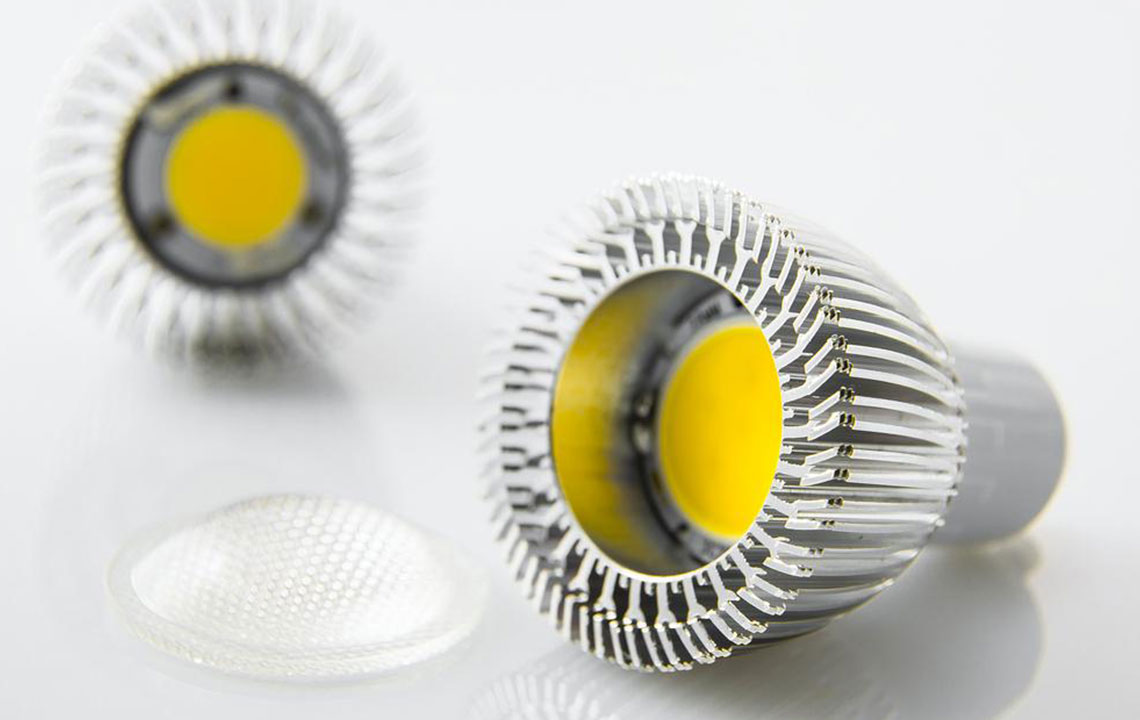Comprehensive Guide to Edge-Lit LED Televisions: Features, Advantages, and Disadvantages
Explore the ins and outs of edge-lit LED televisions in this detailed guide. Learn how they differ from full-array LED models, their advantages, disadvantages, and which type suits your entertainment needs best. Discover why their slim design makes them popular, along with insights into picture quality, lighting technology, and optimal use cases for modern home setups.

The Ultimate Overview of Edge-Lit LED Televisions
In recent years, LED televisions have revolutionized the home entertainment industry, becoming the top choice for consumers seeking stunning picture quality combined with energy efficiency. Among the various types of LED TVs, edge-lit LED screens stand out due to their sleek design and lightweight build. These televisions have gained significant popularity because they offer a thin profile without sacrificing display quality. This comprehensive guide will delve into the details of edge-lit LED televisions, exploring their technology, advantages, disadvantages, and how they compare with other LED variants to help you make an informed purchasing decision.
LED (Light Emitting Diode) technology has transformed traditional LCD screens by offering brighter images and lower power consumption. Thanks to their energy-efficient design, LED TVs are not only environmentally friendly but also cost-effective in the long run. Within the LED category, there are primarily two types: full-array LED TVs and edge-lit LED TVs. While both utilize similar backlighting technology, their structural differences influence their performance, aesthetics, and price.
Edge-lit LED TVs are characterized by their ultra-slim profile and lightweight design. This is achieved by positioning a row of LED lights along the edges of the display panel, facing inward to illuminate the screen. Such an arrangement enables manufacturers to produce televisions that are remarkably thin—perfect for modern interior decor and space-saving setups. Despite their stylish appearance, edge-lit models have certain technical limitations that consumers should be aware of before making a purchase.
This article provides an in-depth look at everything related to edge-lit LED televisions, including their working principles, advantages, drawbacks, and comparisons with full-array LED models. Whether you're upgrading your existing television or building a new home entertainment system, understanding these distinctions will help you choose the right product for your needs.
What is an Edge-Lit LED TV?
Edge-lit LED televisions are a type of LCD TV that employ LEDs positioned along the periphery of the screen. These LEDs are focused inward, illuminating the display from the edges to produce images. The primary benefit of this design is the ability to create remarkably thin and lightweight screens compatible with wall mounting and modern interior aesthetics. However, the lighting distribution can sometimes lead to uneven brightness, especially in scenes that are predominantly dark, where some areas may appear grayish due to light bleed.
Difference Between Edge-Lit and Full-Array LED TVs
While edge-lit LED TVs are favored for their slim profile, full-array LED models incorporate a grid of LEDs directly behind the entire screen surface. This arrangement allows for more uniform backlighting and better contrast control. Full-array TVs support local dimming technology, which enables zones on the screen to dim independently for enhanced black levels and richer colors. Consequently, full-array TVs generally offer superior picture quality, especially in dark scenes, but tend to be thicker and heavier compared to their edge-lit counterparts.
Disadvantages of Edge-Lit LED Televisions
Despite their aesthetic appeal and slim design, edge-lit LED TVs have some notable drawbacks. The most prominent issue is uneven brightness across the screen, particularly in dark or shadowed areas. Because LEDs are only placed on the edges, light leakage can cause certain regions to appear less black and more gray, impacting the overall viewing experience. Additionally, in scenes with high contrast, some backlight inconsistency may be noticeable, which could diminish the perceived picture quality. Cost-cutting measures in lower-end models often exacerbate these issues by reducing the number of LEDs, leading to poorer uniformity and contrast.
To summarize, edge-lit LED televisions offer a compelling combination of style, portability, and energy efficiency. They are an excellent choice for viewers who prioritize sleek design and are willing to accept some limitations in contrast and uniformity. For those seeking the highest picture quality with superior contrast and black levels, full-array LED TVs might be a better fit, although at a higher cost and with a bulkier size.
As the technology continues to evolve, manufacturers are working on enhancing the brightness uniformity and contrast control of edge-lit models. Innovations such as improved local dimming zones and better LED placement are expected to mitigate current shortcomings. When selecting an LED TV, consider your viewing environment, budget, and aesthetic preferences to find the optimal model that meets your needs. Whether for casual viewing, gaming, or cinematic experiences, understanding the strengths and limitations of edge-lit LED televisions will empower your decision-making process and ensure satisfaction with your purchase.




